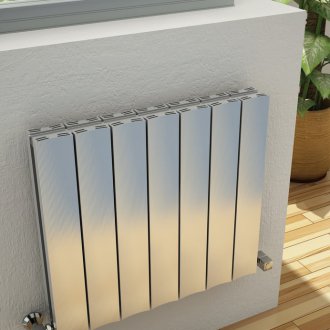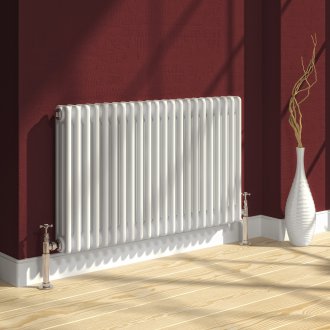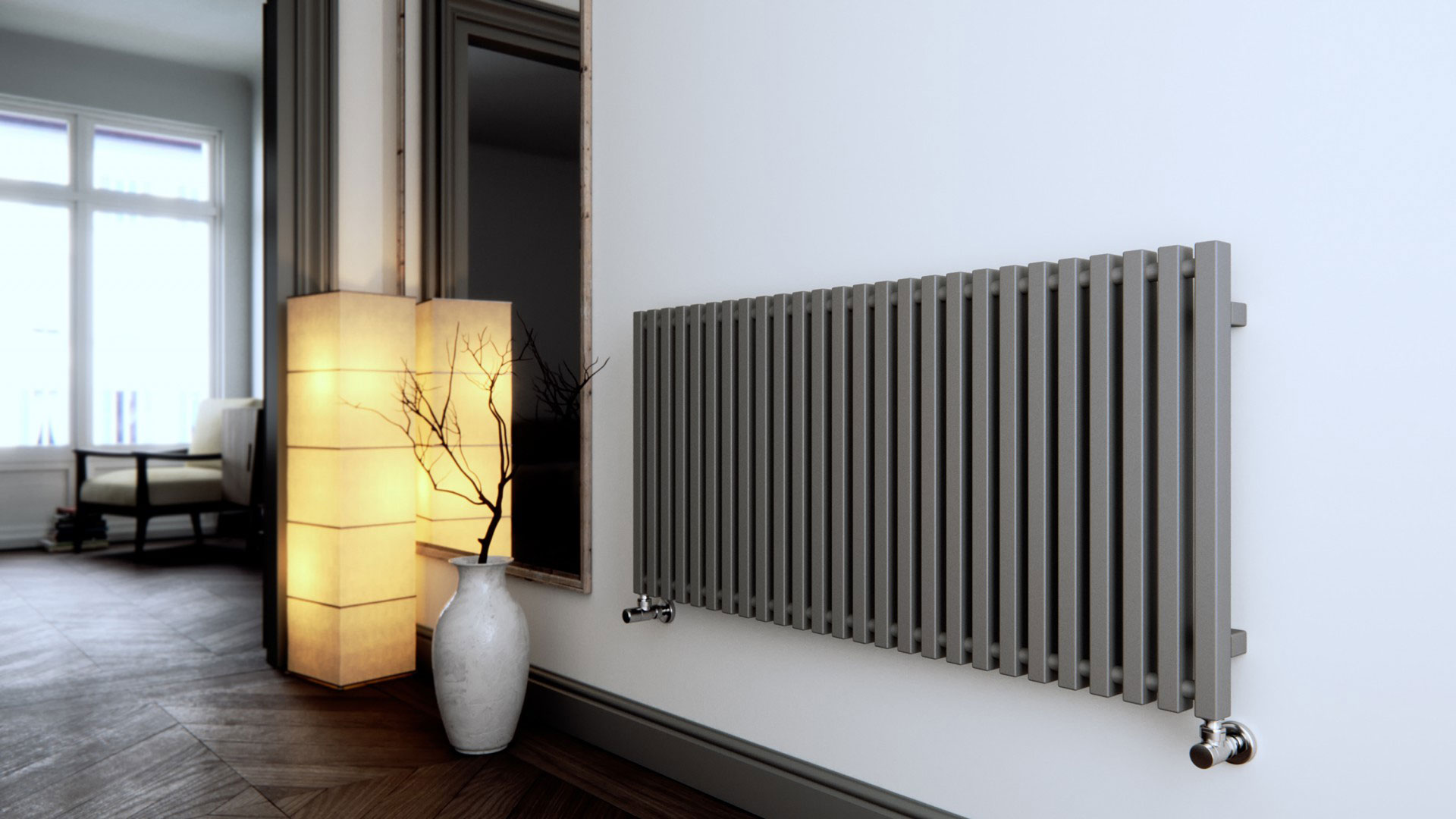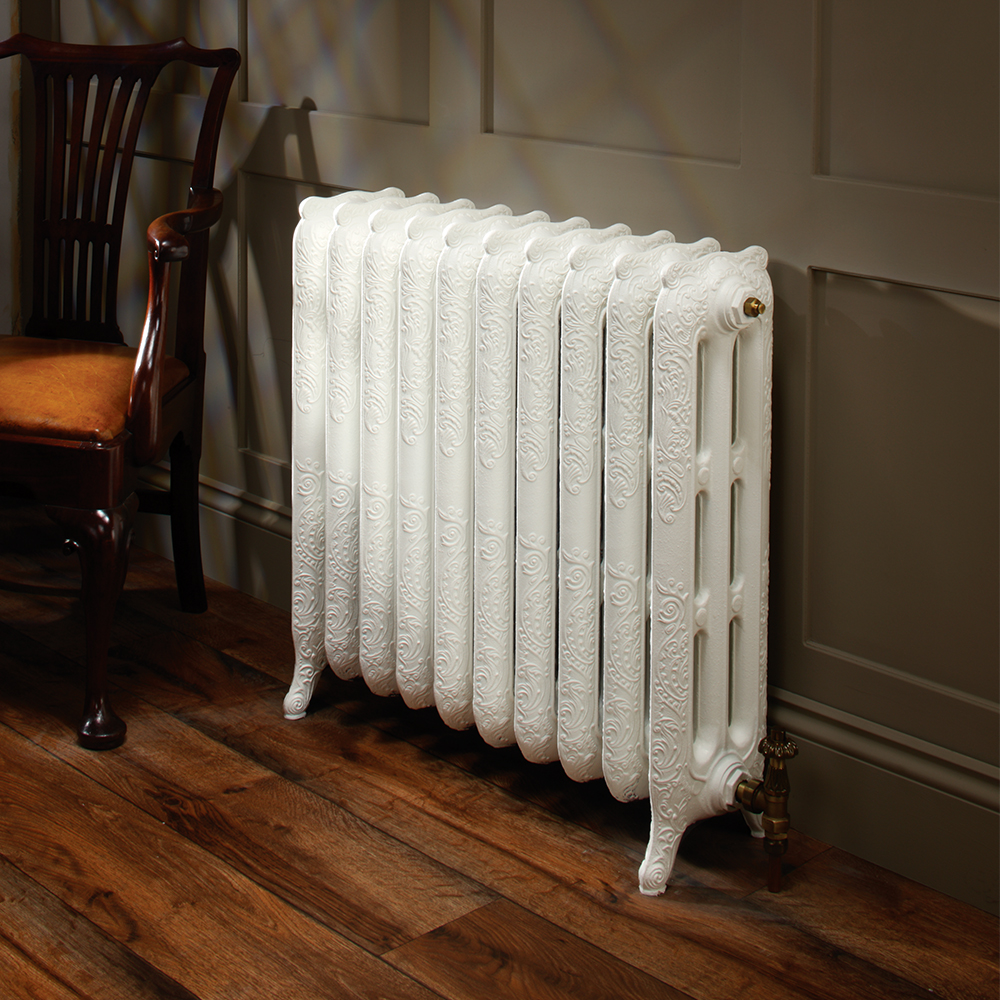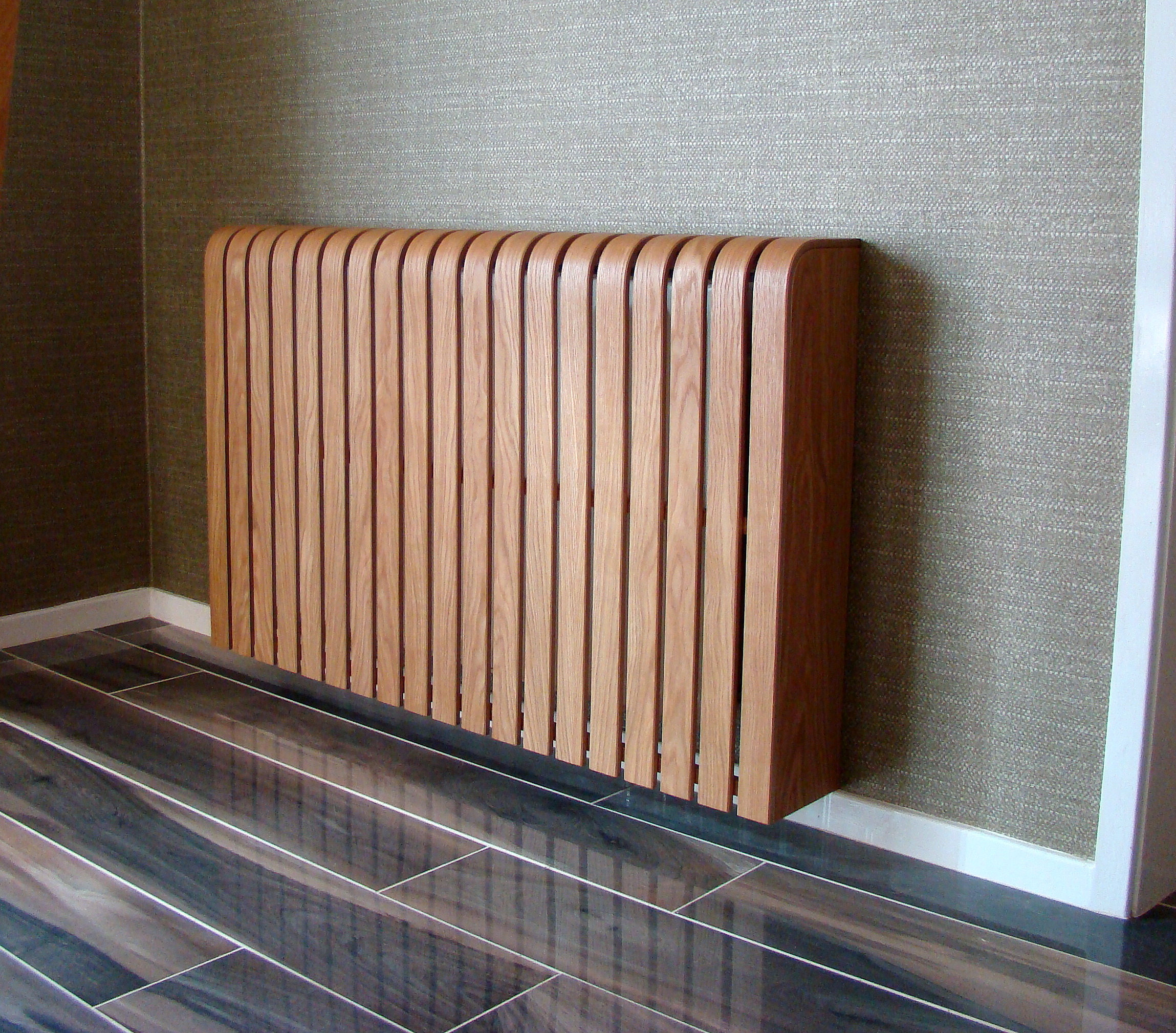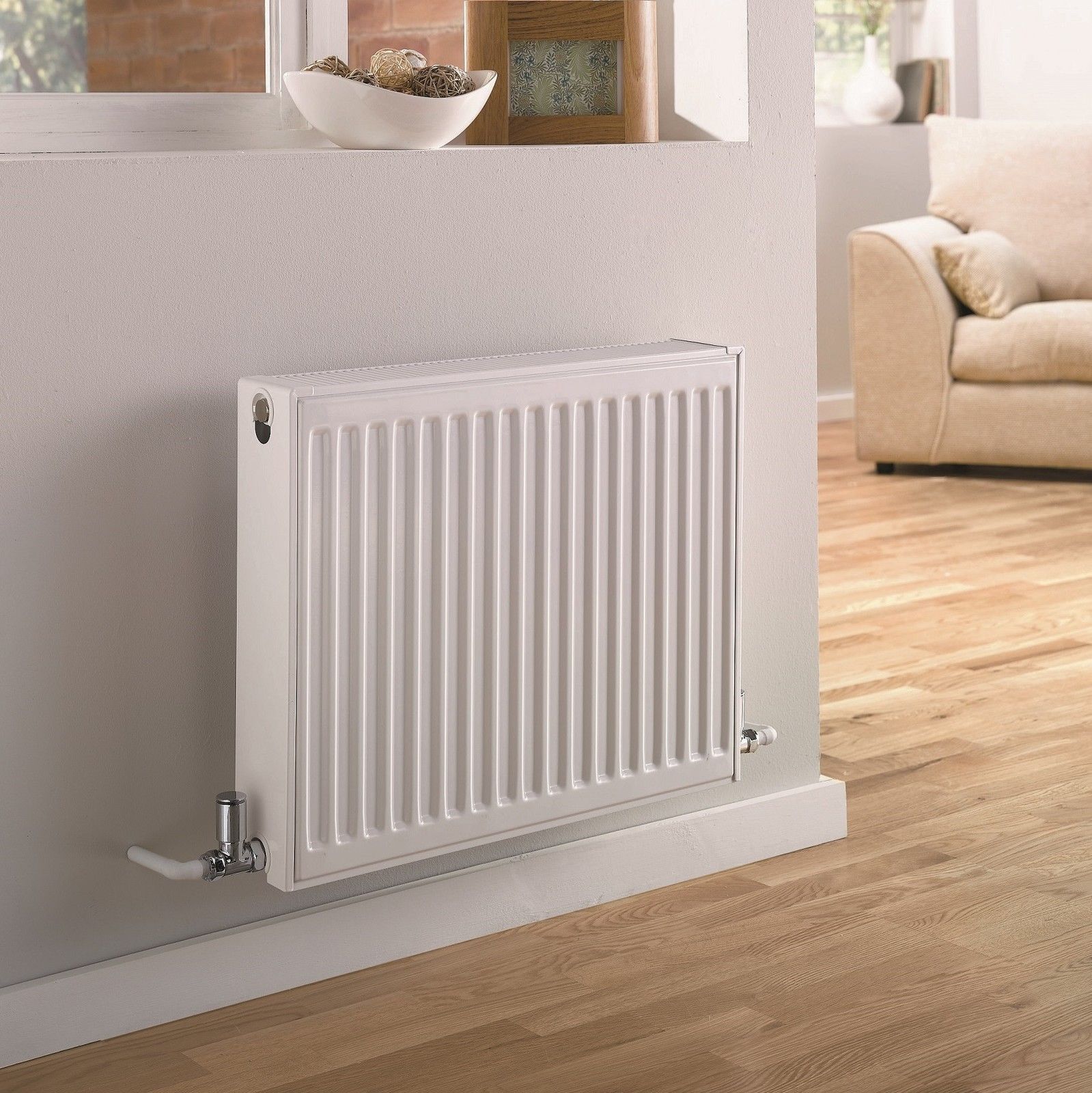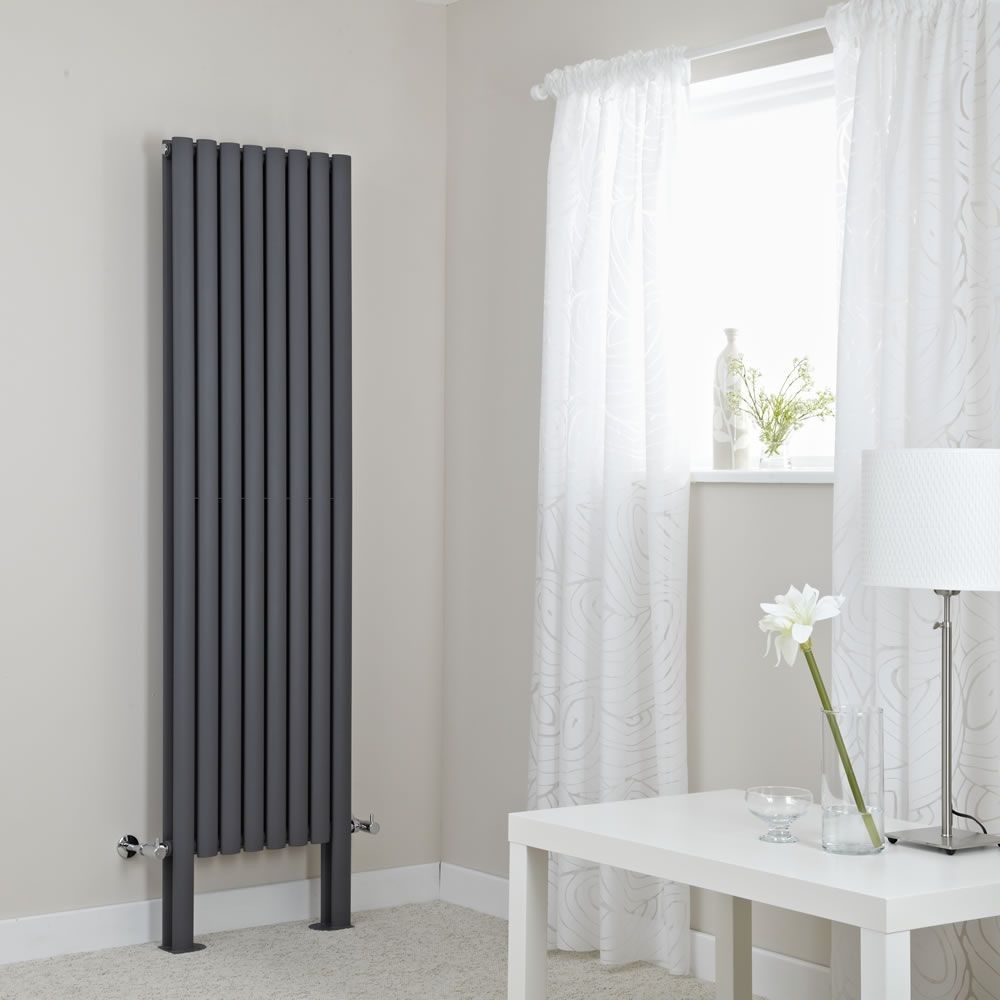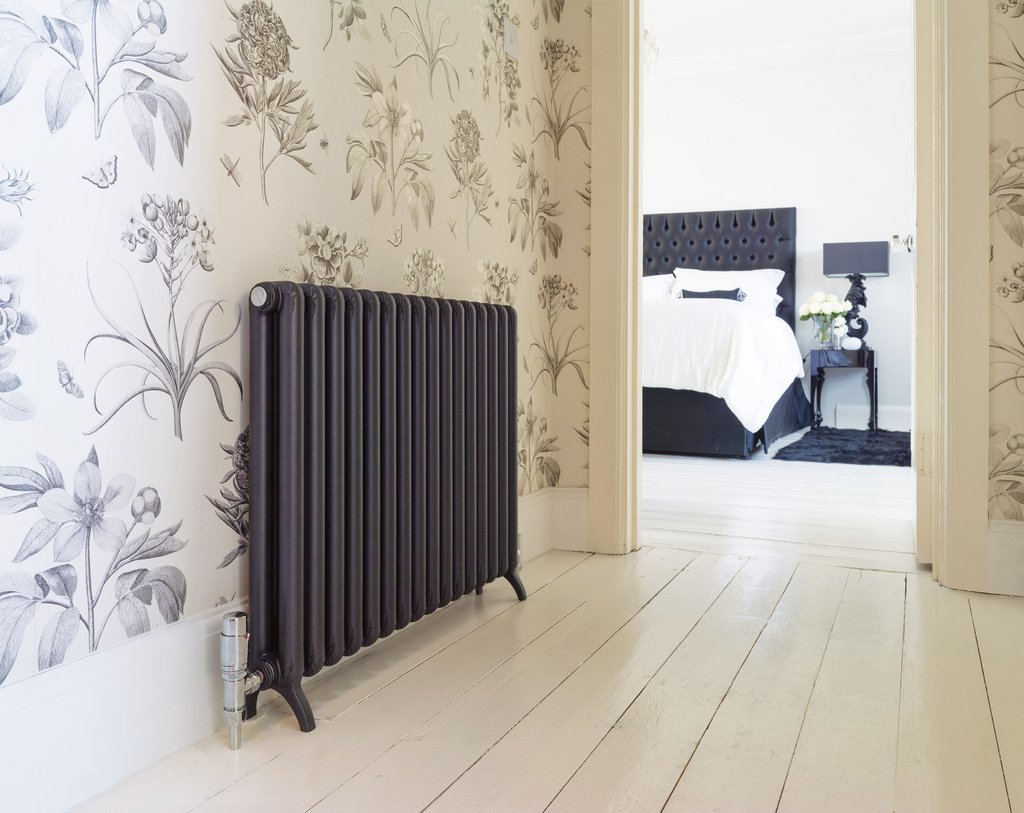Types of heating radiators: features and benefits
Content
The types of heating radiators differ depending on the material from which they are made, the shape of the heater, the method of application and installation.
Aluminum heating radiators
Light metal devices are among the most common. An aluminum radiator heats the room with thermal radiation. Warm air is directed from the lower sectors of the heater to the upper. In order to learn how to choose aluminum radiators, you need to familiarize yourself with their properties and specifics of work.
The main characteristics of the heater
- Pressure inside sectors during operation from 5 to 17 atmospheres.
- The heat power inside one section of the aluminum radiator does not exceed 212 watts.
- The highest rates of water heating are 110 degrees.
- Operating time up to 16 years.
Methods of manufacturing a heating device
The manufacturer's plants produce different types of aluminum radiators: cast, which are produced at high pressure. About 15 percent of silicon joins the composition of the aluminum radiator. The number of sections varies according to the individual indications of the customer.
The second type of heating battery is based on the extrusion method. This option is more budget. The device is made of an alloy of aluminum and silicon. In the manufacturing process, the factory is carried out with a certain number of sections, the addition and cutting of which is unacceptable.
Positive qualities of aluminum batteries
The main advantages of aluminum heating systems:
- They give heat well.
- Aluminum radiators are easy to install.
- The devices are light.
- They have an interesting appearance, fit well into the design interior of the room.
- The slim design of the battery allows the device to heat up quickly.
- Heat carriers are coated with specialized enamel, which will not lose its appearance for many years.
- They belong to budget devices, have a low cost in the market.
If the homeowner has a choice: which heating radiator is better to choose, then it is better to opt for an aluminum construction. The batteries are designed for the installation of a thermal valve, which will help save heat.
Negative qualities of aluminum heaters
The main disadvantages:
- Aluminum batteries are susceptible to shock by heavy objects.
- They can not be installed in places where there is a jump in temperature indicators.
- In the heating system, the water level must be monitored and not reduced to critical values.
- When using contaminated water to fill sectors, it is necessary to incorporate purification filters.
- The system must not collect oxygen. In the process of joining with aluminum, it gives a reaction that leads to the presence of gases in the device. Air must be vented regularly.
- Water with chemical particles leads to unsuitability of the device from the inside, which leads to its clogging and reduces the duration of the work.
- If the radiator is not installed correctly, gaps may form between the sections and water leakage may occur.
If you decide which radiator to choose in the presence of copper pipes, then only not aluminum - two metals during the connection give a reaction in the form of oxidation.
Steel heating radiators
The types of steel radiators differ in the way they are connected. There are two types of installation: bottom and side. The first connection of a heating radiator is considered the most common, but more expensive at a price.
Steel radiators differ in the number of panels and convectors:
- The tenth view consists of one panel, but does not contain a convector.
- The eleventh has one panel and one convector.
- The twenty-first consists of two heating panels and one internal section.
Three-panel steel radiators are heavy, they need a kind of care. Such appliances slowly heat up.
The main characteristics of the heater
Asking the question: which radiators are better to choose for the house, you can answer - steel, relying on their characteristics:
- Heaters give off heat up to 1800 watts.
- They have an internal pressure of 6 to 16 atmospheres.
- The water inside the radiator is heated to 120 degrees Celsius.
- The density of the metal wall is up to 1.25 mm.
Positive qualities of steel batteries
How to choose a heating radiator? Relying on its advantages:
- The steel heater quickly heats up and fills the room with warm air.
- It has a simple design that extends the life of the system.
- The device is easy to connect and bring to use.
- The steel heat exchanger weighs little.
- It has a low cost in the market.
- The types of connection of steel radiators do not have features. The material is mounted to any mount, does not cause oxidation and other reactions.
- The steel heating system is easy to maintain.
Heating radiators for a private house are made in an unusual appearance. Well fit into the design interior. Made in different forms, steel heat exchangers are mounted in different positions at the required angle.
Negative qualities of steel heaters
In addition to numerous positive criteria during operation, the devices have several disadvantages:
- Heating systems are rusted.
- Devices made of the most thick material will last no more than 11 years.
- Steel types of heating radiators are not suitable for central heating.
- Steel joints are not suitable for extreme temperature and extremely high pressure. Instability leads to leakage.
- If the coating is improperly treated outside at the factory, during operation, it will begin to peel off.
Cast iron heating radiators
What heating radiators to choose for the apartment? Cast iron, - any professional will answer. Heating devices are made by pouring metal from a heating device into one or several sections. The size is determined based on the square of the apartment, the presence of a window or balcony, the floor of the apartment and its layout.
The main characteristics of the heater
- Cast iron battery operating pressure up to 19 atmospheres.
- Inside the device, the water is brought to 160 degrees Celsius.
- System power up to 150 watts.
Positive qualities of cast iron batteries
The advantages of the device include:
- Metal does not rust.
- Able to retain heat for a long time, after the cessation of heating.
- Cast iron heating radiators will last up to 35 years.
- The device is connected to any other metal.
- Due to the vertical arrangement of sections at the radiator, increased heat transfer.
- Inside the batteries are created using special technology that protects the device from clogging.
It is better to choose a cast-iron system for heating for an apartment in a high-rise building. Radiators are made of wear-resistant metal, which is not subject to leakage.
Negative qualities of cast iron heaters
Types of cast-iron heat exchangers have several negative reviews:
- The heater has too much weight, which does not allow you to quickly move the battery across the floors and easily mount it. It is not possible to integrate a temperature controller for such a heater.
- The radiator is hard to care for. The device is difficult to paint with honey in sections and wash.
- Outside, the heat exchanger has a coating that undergoes rapid deterioration.
- A cast-iron heater is ugly outwardly. In the modern design of the apartment, they try to hide it with a drywall construction.
- Inside the heat exchanger has a loose structure that attracts pollution.
Bimetal heating radiators
Considering the types of heating radiators for an apartment, you can choose bimetal heating systems for heating the room. They are made of an aluminum casing with steel metal pipes.
The main characteristics of the heater
- Bimetal can handle pressures up to 40 atmospheres.
- Has a heat output of up to 180 watts.
- The water inside the heat exchanger can heat up to 140 degrees Celsius.
- The operating time does not exceed twenty years.
How to choose a bimetallic radiator, its varieties
There are two types of heating appliances. The first is completely made of bimetal, inside is covered with steel, outside with aluminum. This type of heating system is more durable. The second type of bimetallic radiator has steel pipes inside, reinforcing the vertical branches. The price policy of such a device is lower, its heating is faster.
Positive qualities of bimetallic batteries
How to choose a bimetal radiator? Relying on its positive performance:
- It has a long service life without the need for service.
- Both types of bimetallic heating system are subject to rapid heating.
- Devices withstand temperature extremes and high pressure.
- They have a specialized coating that protects against the formation of rust.
- Types of radiators are easy to install.
- The battery has an aesthetic appearance, it does not need to be hidden by designs. Such a device will complement its presence with any design move.
- They have different types of radiator connections, which allows you not to call the masters, but to cope at home with the installation yourself at home.
If a light heat exchanger is required for installation, it is better to choose bimetal heating radiators. They will last a long time and reliably.
Negative qualities of bimetal heating appliances
Bimetal heating systems have several disadvantages:
- They have a high cost.
- When draining the water from the battery, air can enter it, which will lead to the formation of rust inside the heater.
- In the early years of use, noise may form within the structure.
Regardless of which company has a bimetallic radiator, taps for removing air from the system are installed on two valves.
What radiators to choose from a bimetal apartment? With the choice of heat exchanger will help the master.The manufacturer's factory makes batteries of sectional, panel and tubular type.
Sectional Heating Radiators
If the landlord does not know how to choose a radiator based on the material, then you can choose the sectional view of the heating system. The battery case is assembled with several sections inside. Inside them there are gutters through which water flows.
The selected design model is made of bimetal, steel metal, cast iron or aluminum. There are several companies on the market where you can choose a high-quality device.
Positive qualities of sectional batteries
How to choose heating radiators? Based on the positive criteria:
- The device has a large heat transfer.
- Adding a small number of sectors increases the power of the device.
- The heat exchanger has a low cost in the market.
- The design allows the integration of a temperature controller.
Sectional appliances are best chosen for a private home. With an increase in the area of the room, fragments can be attached, which will increase its volume and the area of heat coverage.
Negative qualities of sectional heating appliances
The disadvantages include:
- Only a professional can correctly select and install a heater.
- With increasing pressure inside the system, a leak may form at the junction of the sectors.
- Sectional heat exchangers have inaccessible places in which pollution accumulates.
- Inside the appliance, a loose surface leading to blockages without installing a water filter.
Choosing a sectional radiator, you need to get acquainted with all positive and negative indicators.
How many specialists in the selection and installation of heating appliances, so many opinions on their account. When purchasing radiators or a room with an installed heating system, you must familiarize yourself with the technical specifications. How to properly care for the devices will help the wizard.
